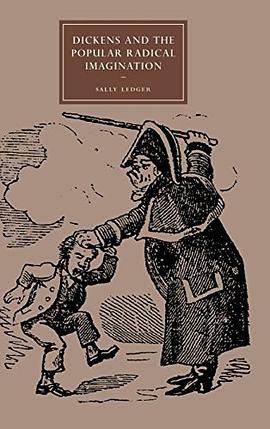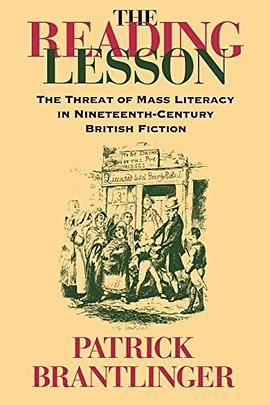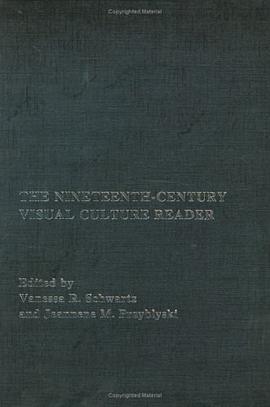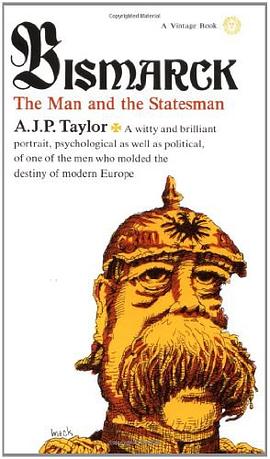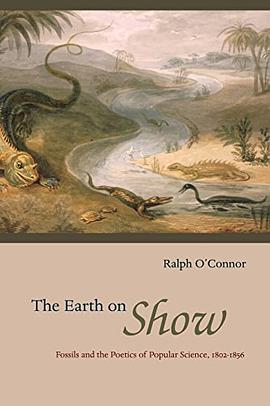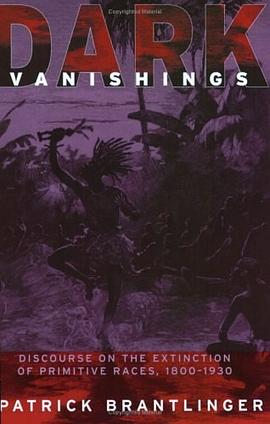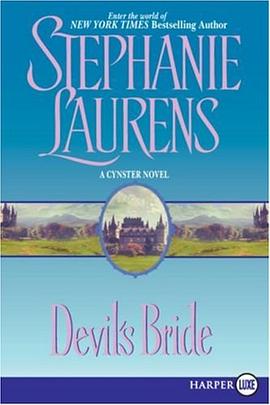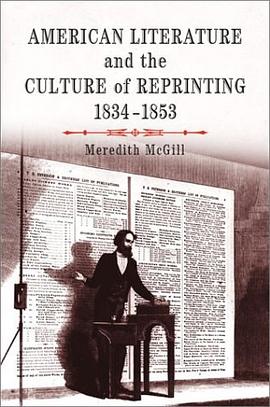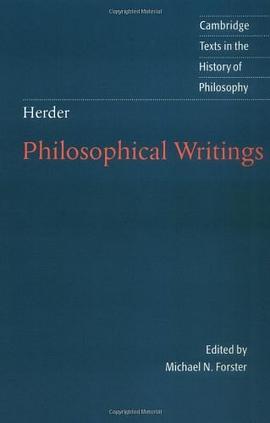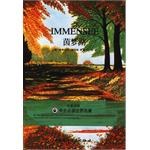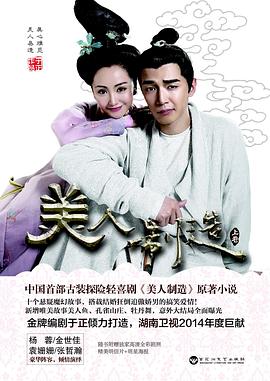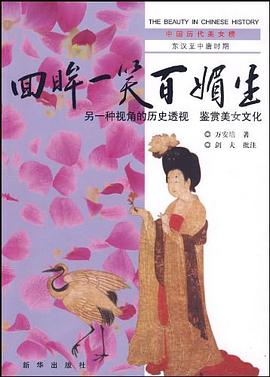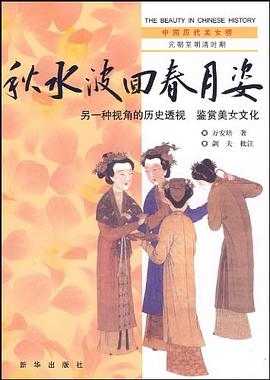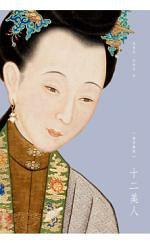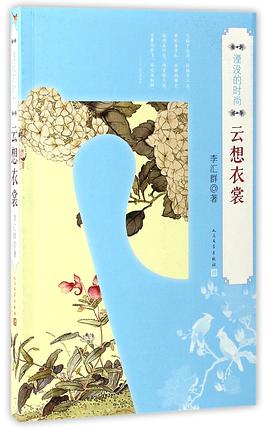

Recent scholarship in eighteenth-century print culture and in twenty-first-century media studies and theory presents a unique opportunity to reconsider how and why information is figuratively imagined during the eighteenth century as an abstract yet bodily entity that can flood, suffocate and incapacitate readers. Focusing on 1678 to 1722 - a period that experienced impressive innovations in communication - this study reveals that the term 'information' undergoes a significant transformation with social, cultural and literary consequences. By investigating discussions of information and media that are evident in works by literary authors, Katherine Ellison discovers that writers like John Bunyan, Aphra Behn, Jonathan Swift and Daniel Defoe confront the idea of information overload and provide cast studies in literacy reform that operate on institutional, generic and consumer levels. For example, while in Defoe's "Journal of the Plague Year" information is infectious and citizens depend upon comets and phantoms to construct reader-controlled, decentralized media, in Swift's "Tale of a Tub" commonplace books and collections demonstrates a new type of organizational, or secretarial, impulse in society.
具体描述
读后感
评分
评分
评分
评分
用户评价
相关图书
本站所有内容均为互联网搜索引擎提供的公开搜索信息,本站不存储任何数据与内容,任何内容与数据均与本站无关,如有需要请联系相关搜索引擎包括但不限于百度,google,bing,sogou 等
© 2025 book.wenda123.org All Rights Reserved. 图书目录大全 版权所有

